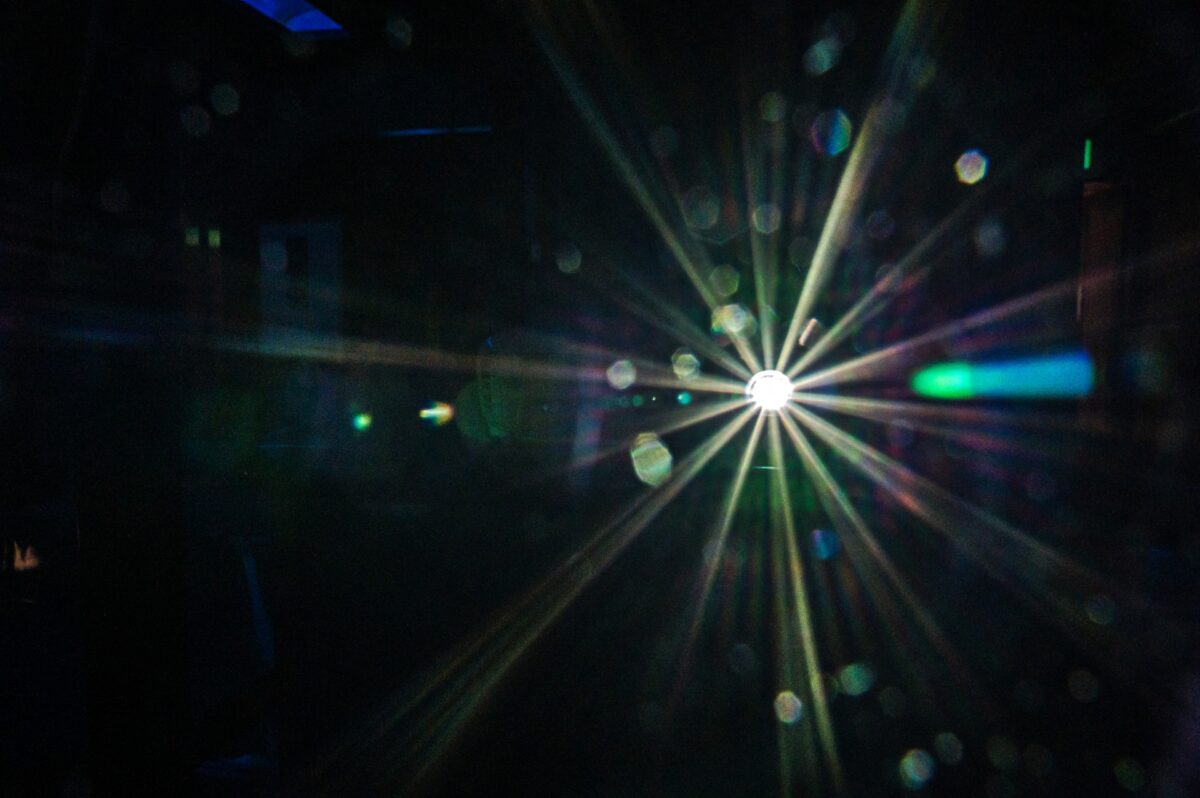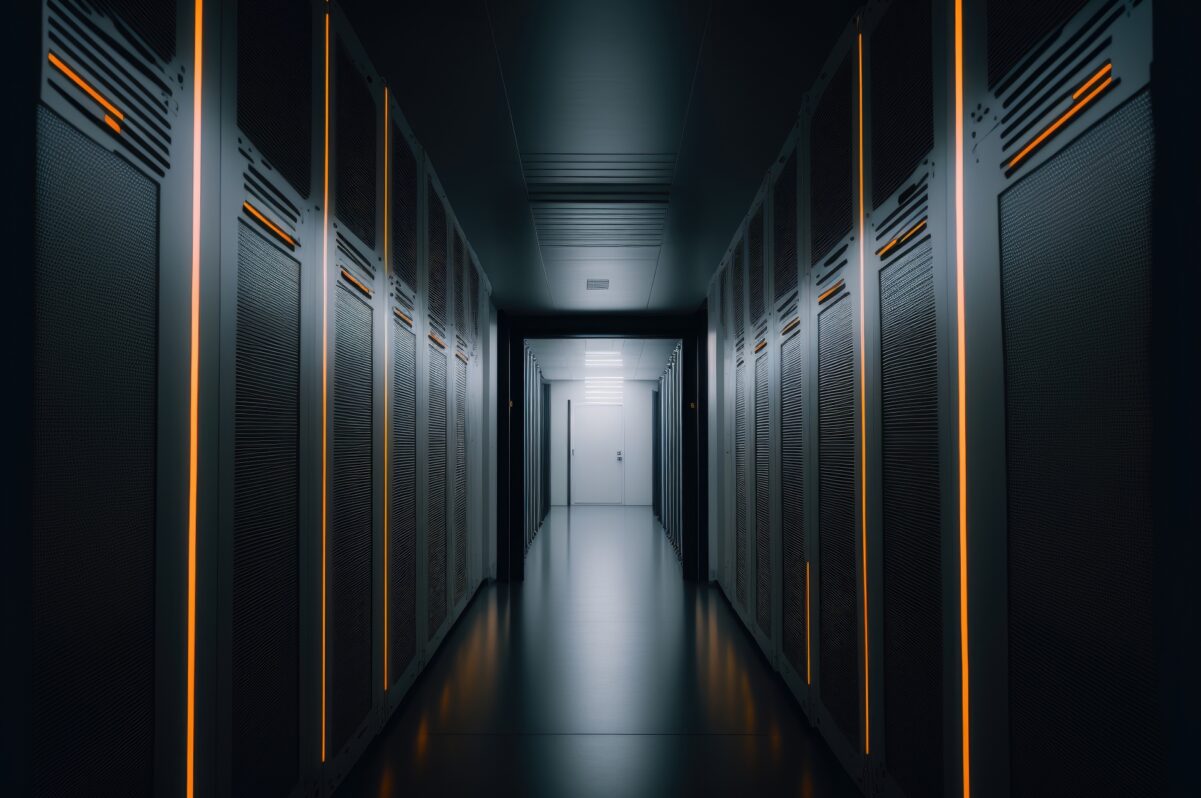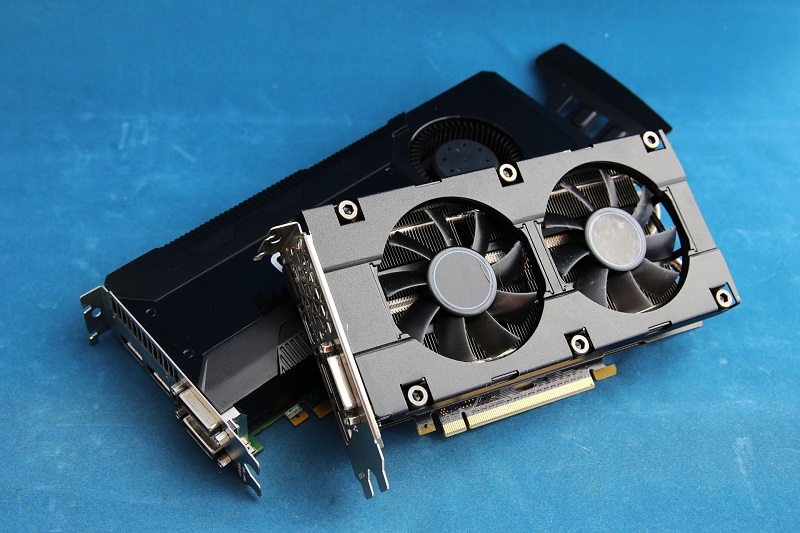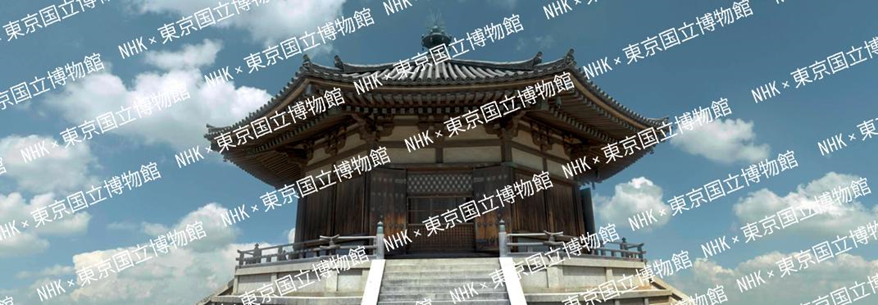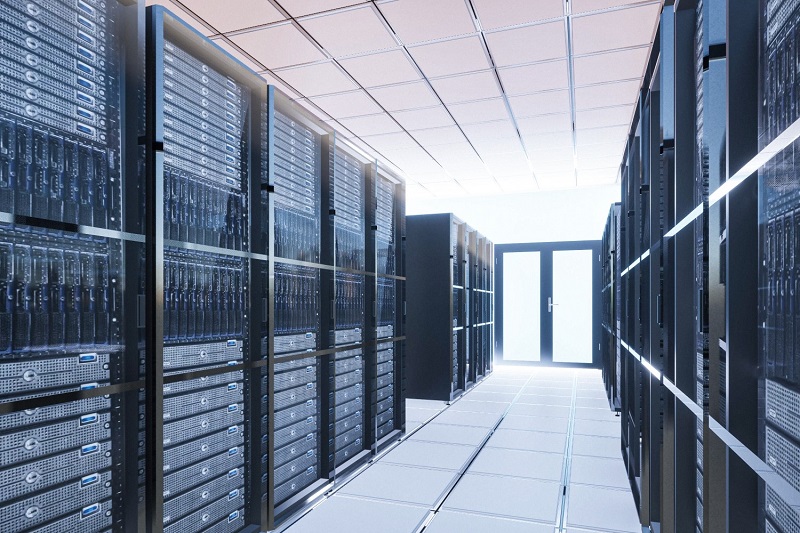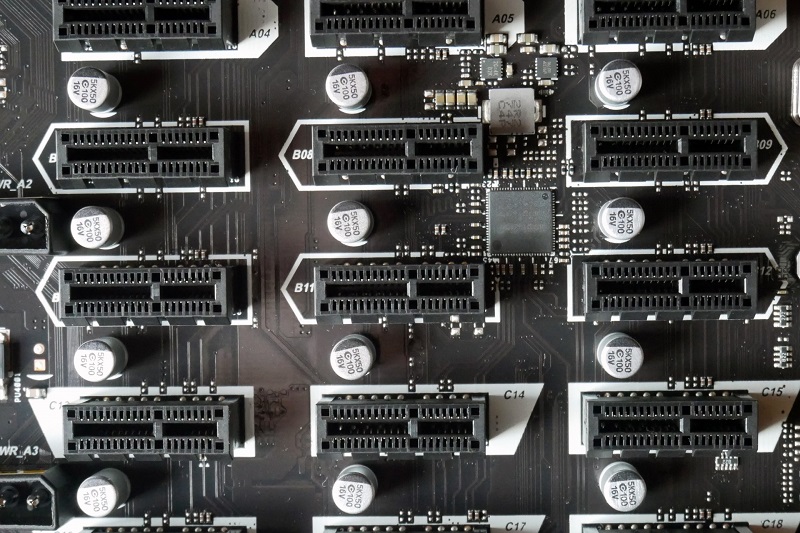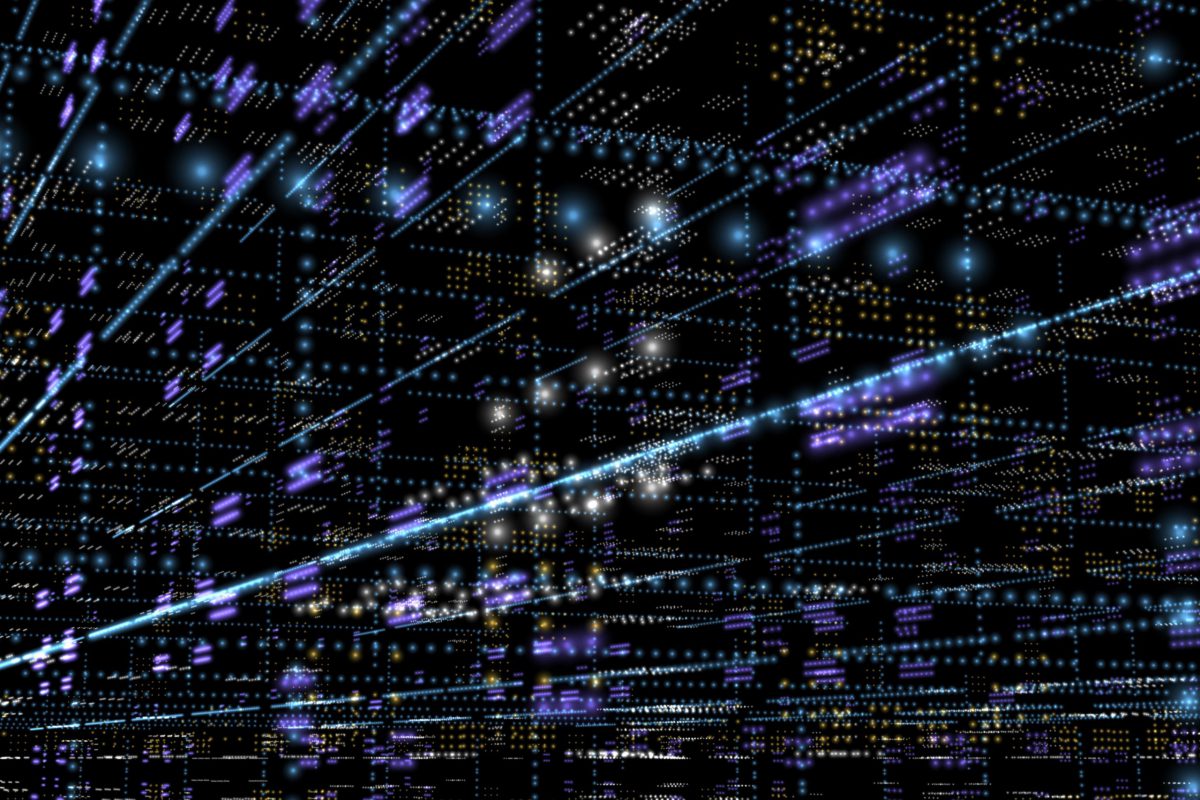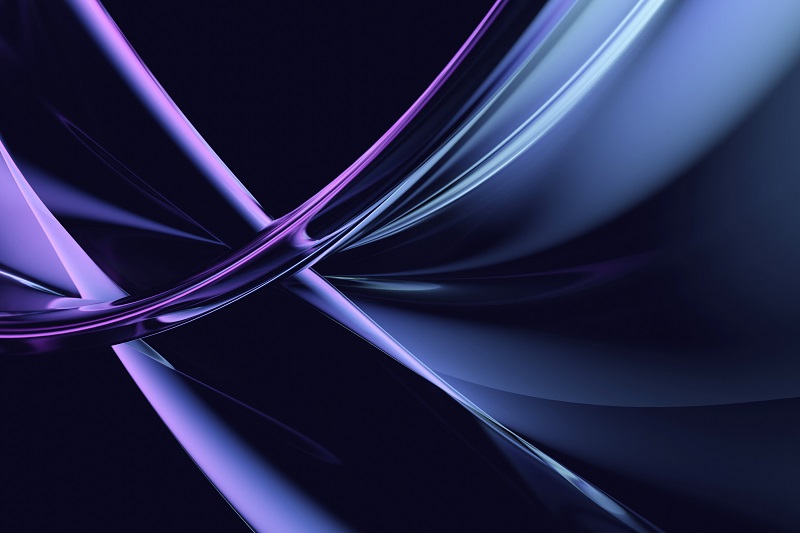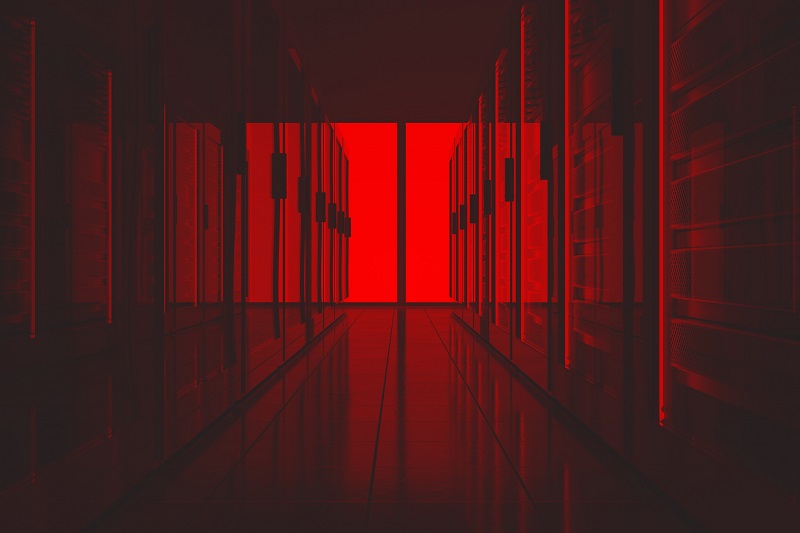There are three main phases in any 3D animation work: modeling, texturing, and rendering. The process of rendering an animation consists of creating realistic images from a series of drawings that can simulate movement when combined. Rendering animation can be accomplished using various 3D software programs, such as Autodesk Maya. Maya’s capabilities enable expert animators …
